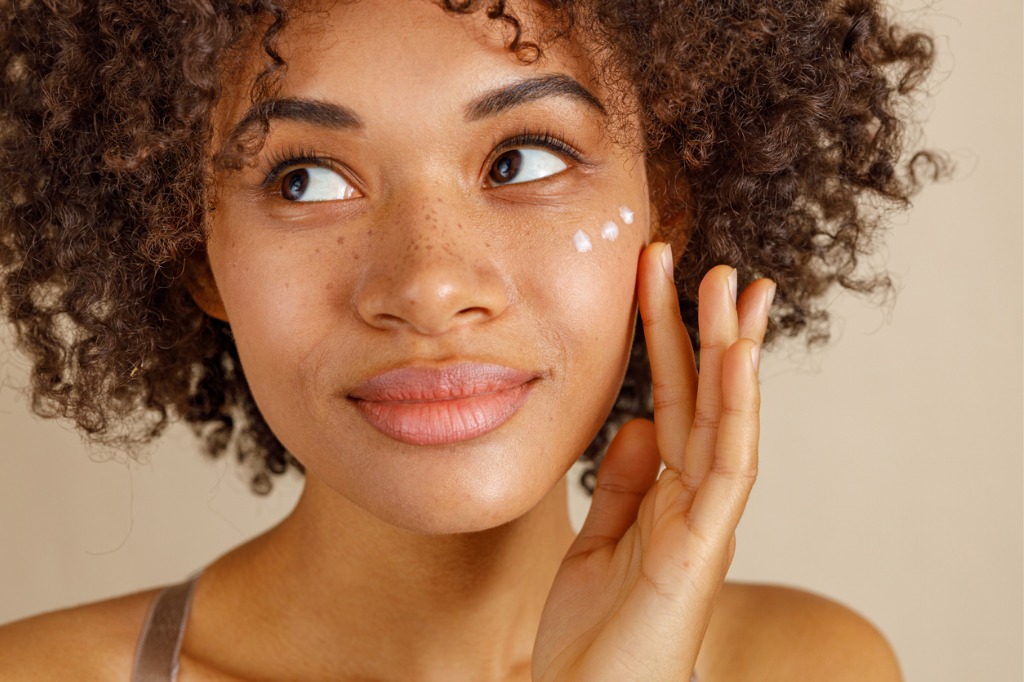Skin Cycling - The Viral Skincare Trend Explained

In the ever-evolving world of skincare, new trends emerge constantly, promising miraculous results and flawless complexions. While some fade into obscurity, others gain significant traction, capturing the attention of skincare enthusiasts and professionals alike. One such trend that has taken the internet by storm in recent years is skin cycling.
What Exactly is Skin Cycling?
Simply put, skin cycling is a strategic approach to skincare that involves rotating different active ingredients on a cyclical basis. The concept was popularized by Dr. Whitney Bowe, a board-certified dermatologist known for her evidence-based approach to skincare. The typical skin cycling routine involves a four-night cycle:
- Night 1: Exfoliation - Use a chemical exfoliant, such as glycolic acid or lactic acid, to remove dead skin cells and promote cell turnover.
- Night 2: Retinoid - Apply a retinoid product, like retinol or tretinoin, to stimulate collagen production, reduce wrinkles, and improve skin texture.
- Nights 3 & 4: Recovery - Focus on hydration and barrier repair with gentle, nourishing ingredients like hyaluronic acid, ceramides, and peptides. Avoid any harsh actives on these nights.
After completing the four-night cycle, you start again from Night 1. This structured approach allows for the optimal use of potent ingredients while minimizing the risk of irritation, making it suitable for various skin types, even those with sensitive skin.
The Science Behind Skin Cycling
The effectiveness of skin cycling lies in its strategic approach to ingredient application. By alternating between active ingredients and recovery nights, the skin has ample time to benefit from each product without becoming overwhelmed or irritated.
- Exfoliation: Chemical exfoliants work by breaking down the bonds that hold dead skin cells together, revealing brighter, smoother skin underneath. Regular exfoliation can also enhance the penetration of other skincare products.
- Retinoids: These vitamin A derivatives are renowned for their anti-aging and acne-fighting properties. They work by increasing cell turnover, boosting collagen production, and reducing inflammation. However, retinoids can be irritating, especially for beginners, making the cyclical approach crucial.
- Recovery: Giving the skin a break from active ingredients allows the skin barrier to repair itself and strengthens its natural defenses. This is essential for maintaining healthy, resilient skin.
The Benefits of Skin Cycling
Skin cycling offers a myriad of potential benefits, including:
- Reduced acne and breakouts
- Improved skin texture and tone
- Diminished fine lines and wrinkles
- Increased collagen production
- Enhanced skin hydration
- Reduced hyperpigmentation
Data & Evidence
While specific data on skin cycling itself is limited due to its recent emergence, the individual components of the routine are backed by extensive scientific evidence.
- A 2016 study published in the Journal of Clinical and Aesthetic Dermatology found that glycolic acid effectively improved skin texture, tone, and reduced wrinkles.
- A comprehensive review published in the Journal of the American Academy of Dermatology confirmed the efficacy of retinoids for treating acne, photoaging, and other skin concerns.
- Numerous studies highlight the importance of maintaining a healthy skin barrier for overall skin health.
Conclusion: Is Skin Cycling Right for You?
Skin cycling can be an effective way to incorporate potent ingredients into your skincare routine while minimizing the risk of irritation. However, like any skincare regimen, it may not be suitable for everyone. It's always best to consult with a dermatologist or qualified skincare professional to determine if skin cycling aligns with your individual needs and skin type.
If you're looking for a structured, evidence-based approach to skincare, skin cycling might just be the trend worth trying. Remember to start slowly, be consistent, and listen to your skin. With a little patience and the right approach, you can achieve healthy, radiant skin that glows from within.
















Comments ()